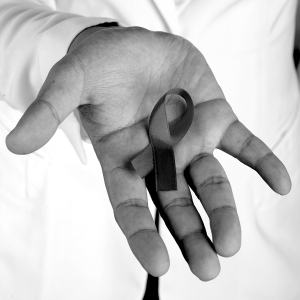Internal Link XML Conversion Test
Benefits, Limitations, and Risks of CAB/RPV LA as ART > Adverse effects
Benefits, Limitations, and Risks of CAB/RPV LA as ART > Adverse effects
Internal Anchor just pointing to Tab (needs to locate the Tab Index): Buprenorphine/Naloxone
Internal Item w/ Bad URL structure: Practical Considerations for Doxy-PEP Implementation
Internal Anchor: Recommendations Test section.
Internal Anchor Table/Figure/Box: Box1
Adverse Effects text.
Link Test
PDF Link Tests
Recommendations Test
| RECOMMENDATION |
|
Note:
|
Table Test
|
Abbreviation: HCV, hepatitis C virus; NAAT, nucleic acid amplification test.
Notes: Foo
|
|
| Table 1: Baseline Testing Based on Age of Exposed Individual and Type of Exposure | |
| Test | Age of Exposed Individual and Exposure Type |
| HIV-1/2 antigen/antibody combination immunoassay (HIV RNA testing may be required in some cases and within 72 hours in some cases) |
|
| Serum liver enzymes, blood urea nitrogen, creatinine |
|
| Complete blood count |
|
| Pregnancy (individuals of childbearing capacity) |
|
| Hepatitis B serology panel (surface antigen, surface antibody) |
|
| HCV antibody |
|
| Rapid plasma reagin (RPR) |
|
| Gonorrhea/chlamydia NAAT, by site |
|
| Trichomonas NAAT |
|
Subsection NLM Test
Subsection test top level text here.
Subsection Sec XML Element Test
Subsection Sec XML Element Test text here…
Last updated on March 25, 2024

